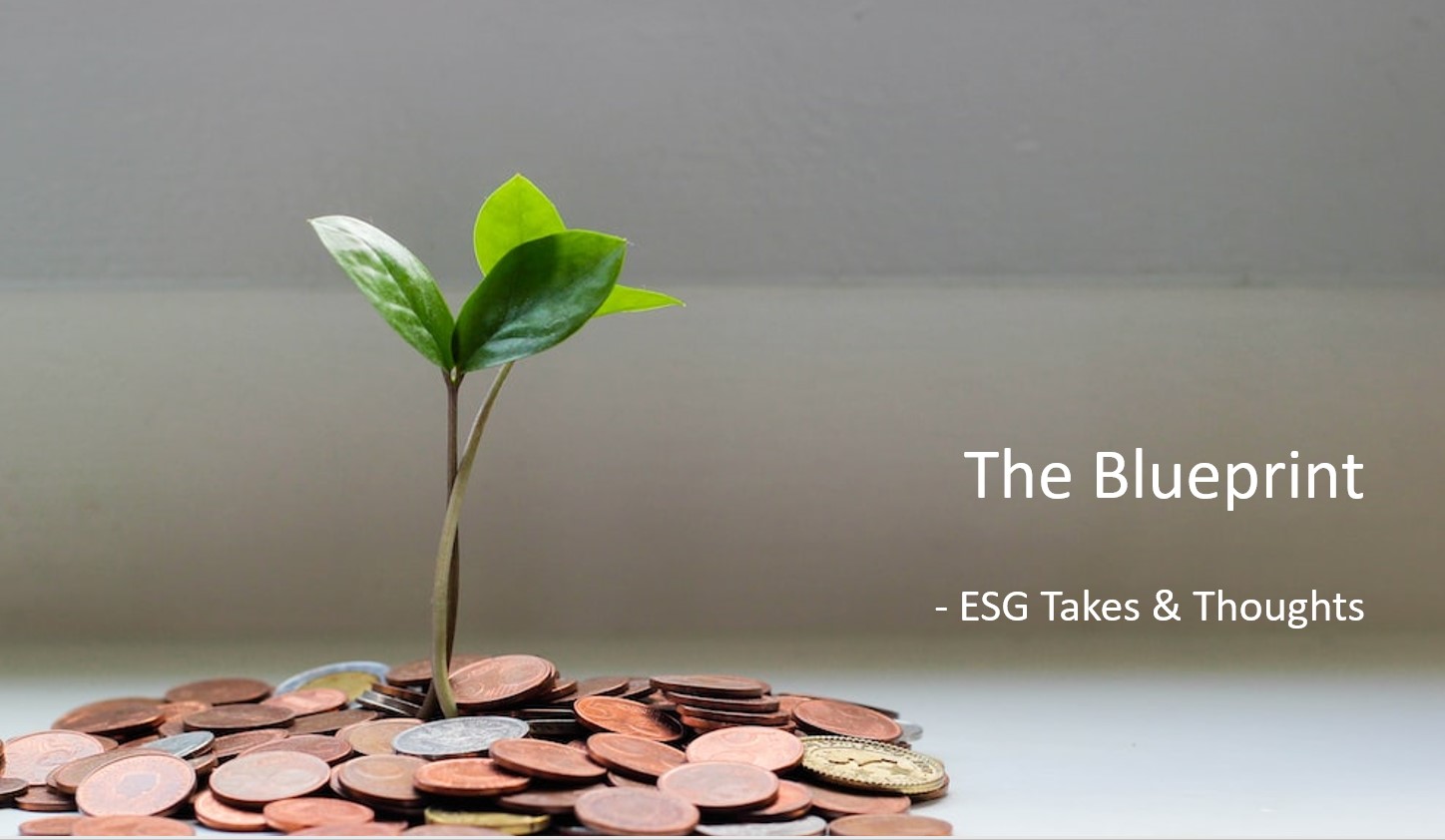
Beneath the waves: connectivity and communications
- Submarine cables transport 95% of international internet traffic
- Cable installation causes temporary disturbance to the seabed and biodiversity
Submarine cables make instant communication a reality, carrying over 95% of data that crosses borders – including your text messages, emails, and video calls.
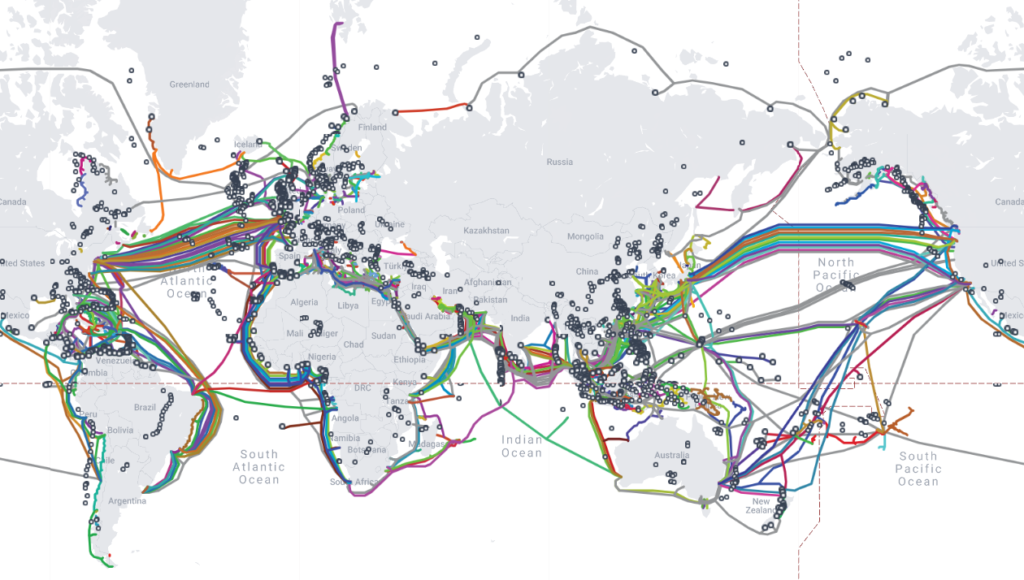
Submarine cables have a combined length of about 1.4 million km.
Photo: TeleGeography
While crucial for global connectivity, deploying submarine cables may damage, displace, or disturb biodiversity. The installation process, including laying and future repairs, can cause temporary seabed disturbance and potentially impact marine life in the immediate vicinity. Magnetic fields surrounding cables may impair the orientation of certain species sensitive to these fields, such as the dogfish.
With more than 75 billion internet-of-things connected devices projected to be in use by 2025, the telecommunications industry is under growing pressure to meet global bandwidth needs. Scientists have found that by 2030, rising sea levels could submerge cable landing stations (where subsea cables are connected to land-based networks) and more than 6,400km of onshore fibre optic cable – long enough to go around Singapore’s coastline 28 times.
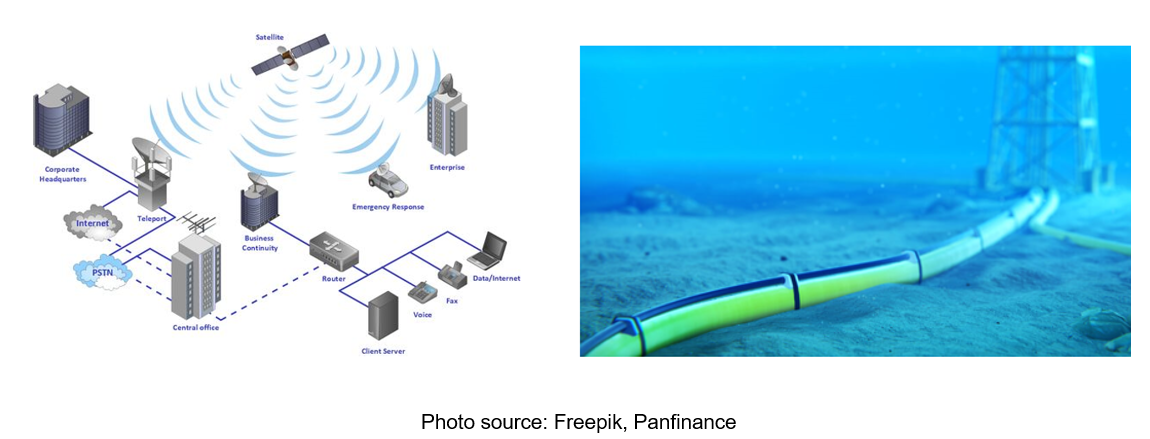
Meanwhile, satellites play a complementary role in laying cables. They can extend the reach of existing terrestrial networks, providing greater coverage. This is particularly important for rural areas with limited existing infrastructure.
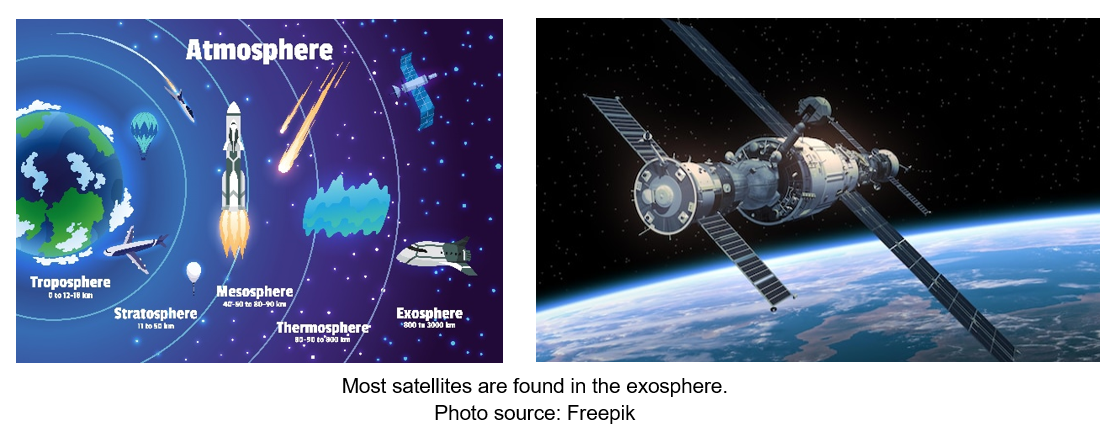
As space exploration and utilisation continue to expand, the number of active satellites in orbit is projected to rise by 50-fold from about 2,000 at present to 100,000 by the end of the decade. This surge raises concerns about managing debris and potential environmental implications. We need to stay connected, but at what cost?
It is estimated that about 30,000km of cable has been recovered from sea beds to date, with over 94% of unused abandoned cables still on the seafloor. As for consumers, the rapid pace of evolution and replacement of mobile devices makes the telecommunication industry a major contributor to the growing issue of e-waste – projected to reach 74.7 million metric tons by 2030. To ensure proper disposal, telecommunications providers must work with consumers. Encouraging device recycling and implementing take-back programs can help to minimise the environmental impact of the industry.
Last year, Singapore announced plans to double its current capacity – now standing at 3 landing sites – for international subsea cable landings over the next decade to enhance digital connectivity and support the development of growing technologies such as generative AI. The expansion, alongside planned investments in green data centres, is expected to attract at least S$20 billion in investments. The 14 future submarine cable projects include plans for a direct cable between Singapore and the United States.
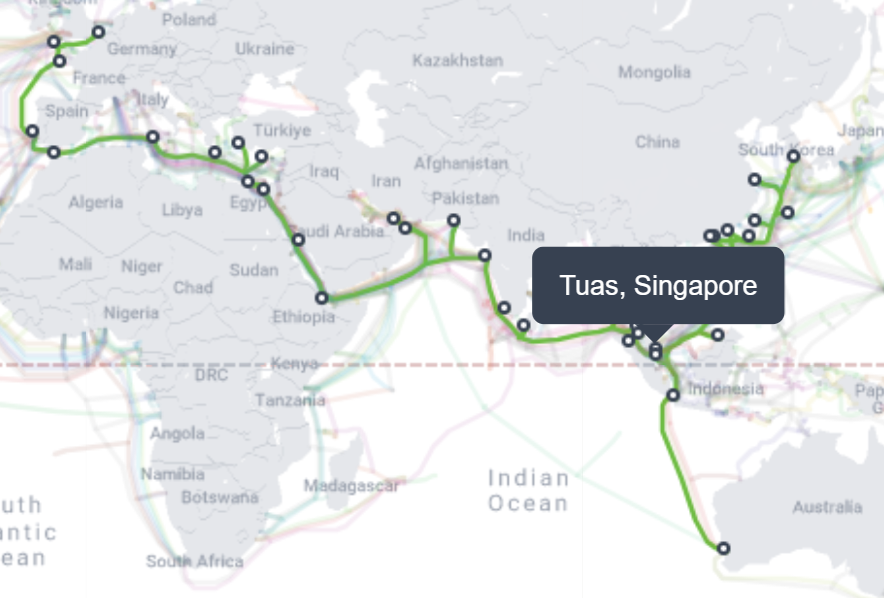
At 39,000km long, the SEA-ME-WE 3 is one of the longest subsea cables in the world and connects Singapore, Belgium and Australia.
Photo source: TeleGeography
Looking forward
Subsea cables form the backbone of global telecommunications networks, the Internet, and e-commerce. Our Sustainable Reserve Fund employs PCM’s inclusionary approach to sustainable investing. Under PCM ESG Objective 2 (Mitigating Negative Externalities), we stand firmly behind companies that site infrastructure to minimise disruptions to biodiversity and water quality by conducting environmental impact assessments before installation. Through our environmental analysis, we also reinforce actions by companies moving towards a circular economy. A Singapore-headquartered telecommunications services provider within our Sustainable Reserve Fund, demonstrates responsible e-waste management strategies. These include online trade-in of mobile devices, and one-for-one take back services to reduce the environmental impact of discarded devices. However, the success of these efforts will depend on consumer participation. We also support companies committed to improving energy management and making infrastructure more efficient. For instance, the same telecommunications firm operates an energy-efficient hyperscale data centre with a design Power Usage Effectiveness (PUE) of 1.25 – performing better than the national average of 1.35. Providing energy-efficient data hosting services allows the firm to help corporate clients curb energy use. Investing in companies which minimise negative environmental impact, contribute towards a circular economy and utilise energy-efficient infrastructure fosters a future where technological advancement and environmental responsibility go hand in hand.
Important Information
This material is provided by Phillip Capital Management (S) Ltd (“PCM”) for general information only and does not constitute a recommendation, an offer to sell, or a solicitation of any offer to invest in any of the exchange-traded fund (“ETF”) or the unit trust (“Products”) mentioned herein. It does not have any regard to your specific investment objectives, financial situation and any of your particular needs.
The information provided herein may be obtained or compiled from public and/or third party sources that PCM has no reason to believe are unreliable. Any opinion or view herein is an expression of belief of the individual author or the indicated source (as applicable) only. PCM makes no representation or warranty that such information is accurate, complete, verified or should be relied upon as such. The information does not constitute, and should not be used as a substitute for tax, legal or investment advice.
The information herein are not for any person in any jurisdiction or country where such distribution or availability for use would contravene any applicable law or regulation or would subject PCM to any registration or licensing requirement in such jurisdiction or country. The Products is not offered to U.S. Persons. PhillipCapital Group of Companies, including PCM, their affiliates and/or their officers, directors and/or employees may own or have positions in the Products. This advertisement has not been reviewed by the Monetary Authority of Singapore.